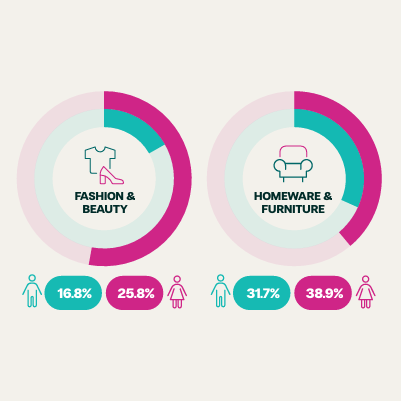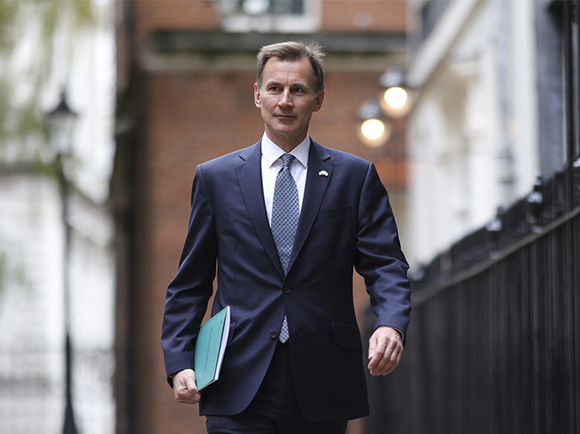Buy Now, Pay Later regulation: a global snapshot

It’s hard to escape BNPL in the media. Once the darling of the fintech world, the buzz of heroism that often comes with new market disruptors is being extinguished by tales of irresponsible lending as regulation of the sector becomes a key global focus at government level.
The result could be an Icarian fall from grace for those fintechs that have carved out their own niche in response to changing customer behaviours, led by millennials and the iGen.
So what does the global regulatory landscape look like for the BNPL space?
UK
The UK has been a leading voice in the debate around regulation in the BNPL space. In January of this year, the Financial Conduct Authority (FCA) released its Woolard Review, setting out the fiscal body’s initial 26 recommendations.
Since then, the FCA has moved fast and released a regular cadence of communication with a key update in July, published with its 2021/2022 Business Plan and then an address given in the FCA’s Treasury Consultation on BNPL Regulation event.
One key takeaway from this address was the organisation’s intention to introduce a Consumer Duty – a proposal that would focus on creating better consumer outcomes, particularly for the most vulnerable in society.
Most recently, in October, and hot on the heels of the FCA’s address, a consultation paper was launched by the UK Treasury with proposals that track closely to the FCA’s stated aims. Most interestingly, the Treasury zeroed in on the various business models underlying the BNPL market, examining the impact of frictionless debt and suggesting ways to disrupt this consumer experience.
It is expected that a regulatory framework will be formalised in 2022.
Some new types of financing products are seizing opportunities posed by gaps or failures in the current marketplace. If well designed, they may have a place in meeting consumers’ needs.
Lauren Saunders, Associate Director, National Consumer Law Center
Europe
The European Commission has released its own proposals for BNPL, which is proposed as a revision of the 2008 Consumer Credit Directive.
The new rules will significantly broaden the scope of the products that fall under the Directive and will target areas the Commission has fallen behind with, including small loans below €200, loans offered through crowd-lending platforms and BNPL products.
The revisions will be debated and voted on by the European Council and Parliament, ahead of a vote.
US
In the US, where States control many of their own laws, comprehensive regulation can be challenging. However, in most cases, BNPL is regulated by a loosely fitting combination of federal and state laws under various consumer credit regimes.
The applicability and extent of such regulation depends, in some instances, on how those laws define ‘credit’ and, whilst the federal credit reporting system brings a measure of control to the BNPL space, it is fair to say that the position in the US is fragmented and ad hoc at best.
So while there is certainly some protection for consumers taking out BNPL credit, there is more work to be done.
Only this week, a Capitol Hill hearing discussed the benefits of BNPL but also highlighted the potential risks for consumers, demonstrating that there is still work to be done.
Dr. Kristen E. Broady, a fellow with the Metropolitan Policy Program at The Brookings Institution explained that fintechs ‘create inclusive financial services products for people who are credit invisibles or low credit individuals.’
Lauren Saunders, Associate Director at the National Consumer Law Center countered: ‘Some new types of financing products are seizing opportunities posed by gaps or failures in the current marketplace. If well designed, they may have a place in meeting consumers’ needs.’
Adding: ‘Other FinTech liquidity products appear primarily to be designed to evade consumer protection laws.’
Australia
Australia is furthest ahead where it comes to regulating BNPL and protecting consumers, offering up a self-regulated market proposition that is aligned with the Australian Consumer Credit Protection Act (2009).
The Australian Finance Industry Association (AFIA) announced its Code of Best practice for the sector back in March this year as ‘a world first for the sector’.
AFIA members and key stakeholders were involved in cultivating the Code, with a focus on safe-guarding Australian consumers.
Value of regulation
An regulated market that puts consumer protection first is definitely something to get behind. Innovation has created a BNPL space that is thriving but it should offer transparency and bring value to consumers as part of the wider, regulated credit ecosystem.
Traditional lenders and banks are already operating within a regulatory framework seeing this as a positive opportunity to engender trust and build loyalty with their customers. It is, therefore, imperative for regulations to be brought in that encompass new market entrants, not only to level the playing field but to ensure that BNPL can be offered as a safe and secure payment method at the checkout.
Keen to know more?








